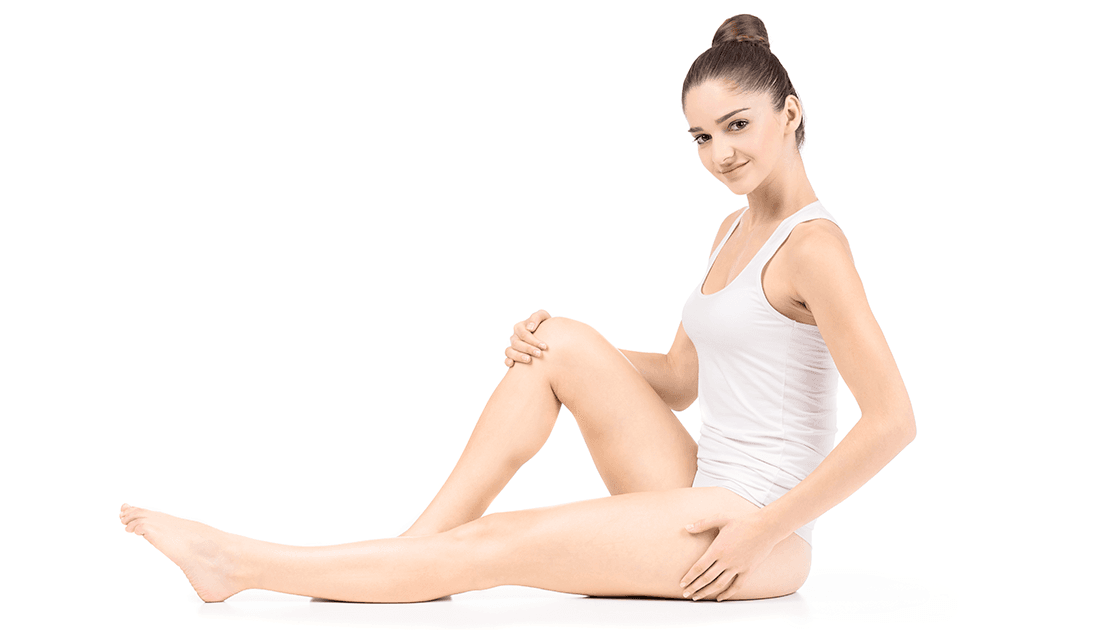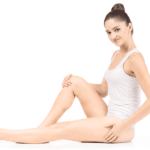RF Skin Tightening: The Leg Lift That Doesn’t Require Weights
Are you tired of squats and lunges that seem to do little for those stubborn spots on your legs? You’re not alone! But what if I told you there’s a way to lift and firm your legs without hitting the gym? Enter radio frequency (RF) skin tightening—a revolutionary treatment that works its magic without a single dumbbell in sight.
RF skin tightening uses advanced radio frequency energy to heat the deeper layers of your skin, stimulating collagen production and tightening the skin. Think of it as a workout for your skin cells, minus the sweat. While traditional exercise is great for overall fitness, RF technology targets those pesky areas where skin might be losing its firmness, providing a non-invasive solution that delivers noticeable results.
The Treatment: Like a Spa Day for Your Legs
Imagine this: You stroll into a treatment room, kick back, and relax while your legs get the star treatment. RF skin tightening feels like a warm, gentle massage—no invasive procedures, no downtime, just soothing comfort.
During the treatment, a conductive gel is applied to your legs, and the RF device glides over the skin, delivering controlled energy pulses. This warm sensation promotes collagen contraction and production, effectively tightening your skin. Most people describe it as a cozy experience, similar to a heated blanket. You might even find yourself nodding off to a blissful nap.
The best part? The procedure typically lasts between 30 to 60 minutes, depending on the area and your goals. There’s no need for recovery time; you can walk out of your appointment and go about your day with smooth, rejuvenated legs.
Call to Action: Treat Your Legs to Some RF Love
Why wait any longer to give your legs the lift they deserve? RF skin tightening offers a fantastic way to enhance your leg’s appearance without the effort and downtime of traditional methods. If you’ve been dreaming of firmer, more toned legs, now is the perfect time to explore RF technology.
Consult with a qualified skincare professional today to see if RF skin tightening is right for you. Say goodbye to saggy skin and hello to legs that turn heads. Treat yourself to some RF love and experience the confidence boost of beautifully tightened legs. Your future self will thank you!








